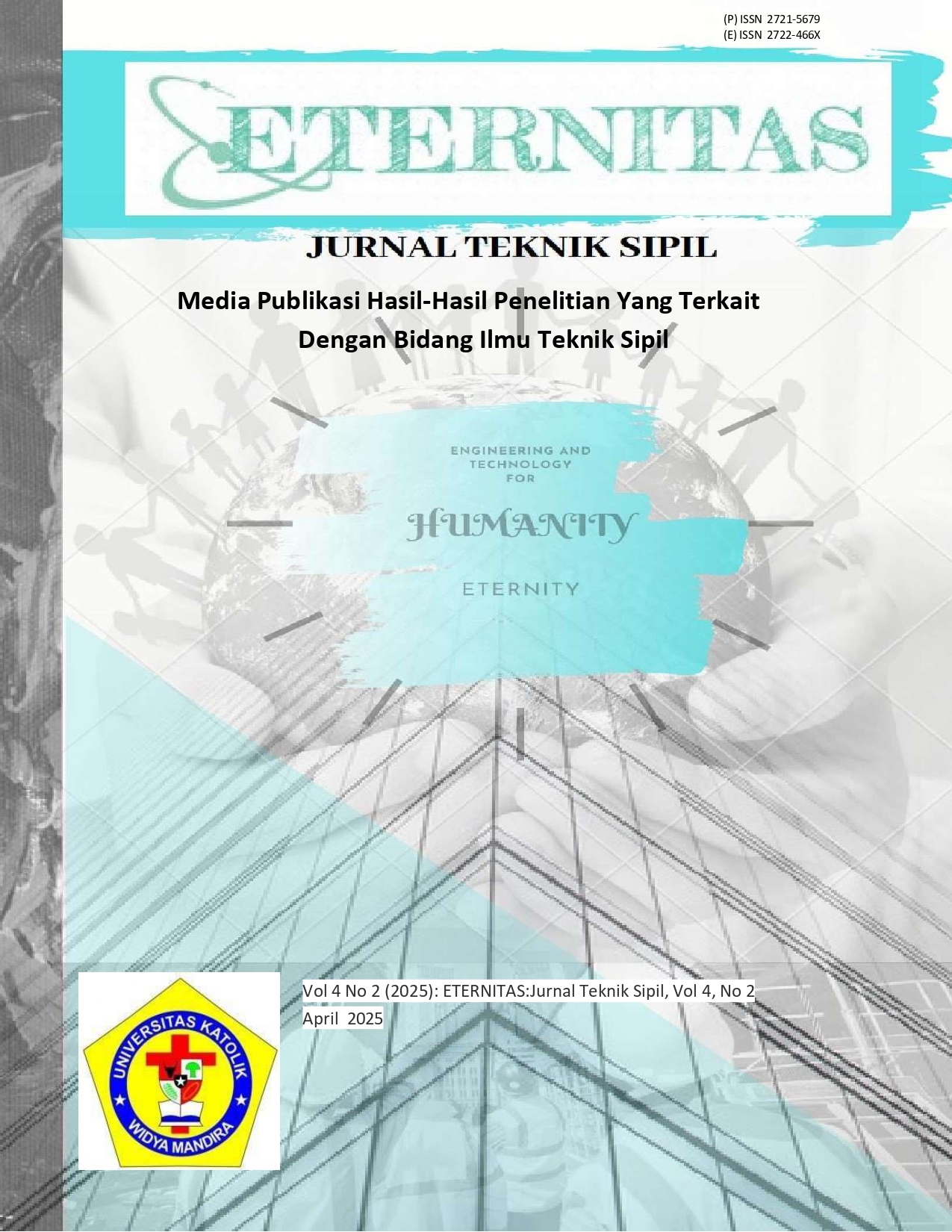PARADIGMA HIDUP BERSAMA RISIKO BANJIR (RUMAH PANGGUNG MALAKA)
Main Article Content
Abstract
This paper examines the coping culture of the community in Malaka Regency, East Nusa Tenggara Province (NTT), in responding to annual floods through the practice of stilt house construction. Although proven to be resilient against floods, stilt houses have not yet become the primary choice in housing policies and public infrastructure development. This approach is not intended as a single solution for flood risk reduction, but rather as part of a living with disaster approach, as recommended by the United Nations. This study highlights that floods are a complex phenomenon caused by natural and anthropogenic factors, and exacerbated by climate change. Based on literature review and field observations, it was found that local stilt houses made of wood and gewang leaves have eco-architectural advantages that support environmental adaptation. Although the community has started adopting modified stilt house models, government agencies still construct conventional buildings that are less adaptive to flood risks. Therefore, supportive policies are needed to preserve and develop this coping culture as part of a sustainable disaster risk management strategy.
Downloads
Article Details

This work is licensed under a Creative Commons Attribution-NonCommercial-ShareAlike 4.0 International License.

